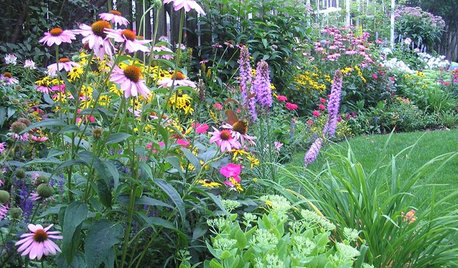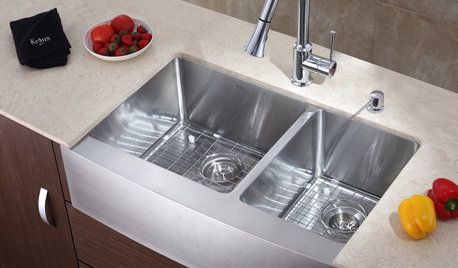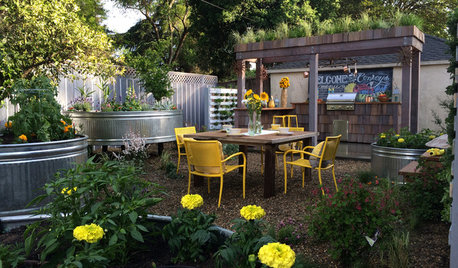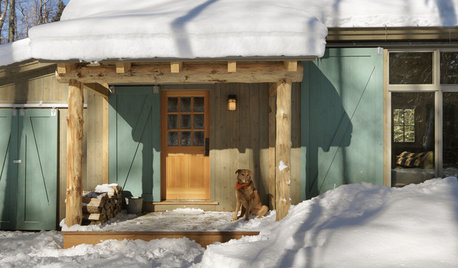life of aerated compost tea
treelover
17 years ago
Related Stories

GARDENING GUIDESGet on a Composting Kick (Hello, Free Fertilizer!)
Quit shelling out for pricey substitutes that aren’t even as good. Here’s how to give your soil the best while lightening your trash load
Full Story
LIFE10 Smart Organizing Ideas That Make Life Easier
Rethink where and how you store household basics, from bills to baking supplies, to buy some time and save some headaches
Full Story
LIFE11 Tiny Tricks That Make Life a Tad Better
Make these small tweaks to your home and daily routine, and life will be easier, less rushed and maybe healthier too
Full Story
SMALL SPACESLife Lessons From 10 Years of Living in 84 Square Feet
Dee Williams was looking for a richer life. She found it by moving into a very tiny house
Full Story
LANDSCAPE DESIGNTry Slow Gardening for Some Unexpected Benefits
Why set your garden on the fast track? Here's how to relax and enjoy it in an entirely new way
Full Story
HEALTHY HOME6 Tips From a Nearly Zero-Waste Home
Lower your trash output and increase your quality of life with these ideas from a mom who did it to the max
Full Story
MOST POPULAR8 Little Remodeling Touches That Make a Big Difference
Make your life easier while making your home nicer, with these design details you'll really appreciate
Full Story
FARM YOUR YARDRemake Your Backyard Into a Mini Farm
You can get a taste of country life by line-drying your laundry, growing some produce or going whole hog with the critters
Full Story
RUSTIC STYLE10 Cabin Rental Basics for City Slickers
Stay warm, dry and safe while you’re enjoying winter cabin life with this valuable advice
Full Story
50 Gifts for the Design-Loving Mom
Mother's Day GIfts: Stylish Finds for the Mom in Your Life
Full StorySponsored
Columbus Area's Luxury Design Build Firm | 17x Best of Houzz Winner!
More Discussions







pablo_nh
maupin
Related Professionals
Rancho Palos Verdes Landscape Architects & Landscape Designers · Apollo Beach Landscape Contractors · Chattanooga Landscape Contractors · Cockeysville Landscape Contractors · Fort Payne Landscape Contractors · Franklin Landscape Contractors · Middleton Landscape Contractors · Pikesville Landscape Contractors · Pleasant Grove Landscape Contractors · Salem Landscape Contractors · Justice Decks, Patios & Outdoor Enclosures · Midwest City Decks, Patios & Outdoor Enclosures · Montgomery County Decks, Patios & Outdoor Enclosures · North Myrtle Beach Decks, Patios & Outdoor Enclosures · Universal City Decks, Patios & Outdoor Enclosurespablo_nh
maupin
blutranes
pablo_nh
dchall_san_antonio
blutranes
tey157
tey157
rootdoctor
tey157
nutmeghill
lyonsy
tey157
greengrass12
blutranes
tey157
tey157